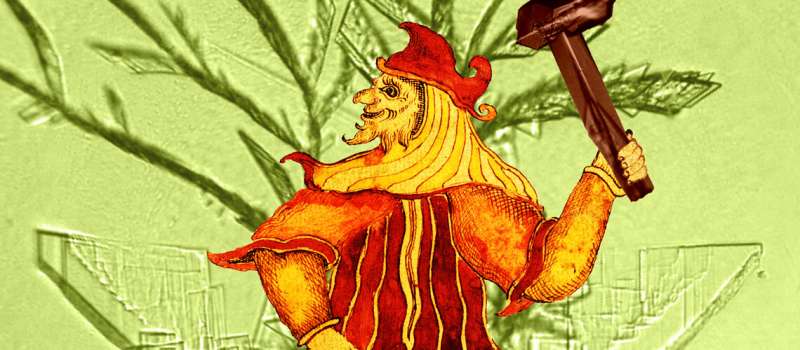Biology of our ancient ancestor takes shape

The recent discovery of a new lineage of microbes has overturned biologists' understanding of the evolution of complex life on Earth. Genomic studies of Asgard archaea revealed that they carry many genes previously thought to be found only in nucleus-bearing eukaryotes, suggesting they may be closely related to more complex life forms such as humans.
Two A*STAR scientists have now strengthened the case for this evolutionary scenario by showing that these small creatures have a dynamic network of cytoskeletal proteins, a feature that gives cells shape, and was previously thought of as specific to eukaryotes.
What's more, the A*STAR investigators found that one of these archaeal proteins, profilin, that serves to bind and regulate the dynamics of a cytoskeletal protein called actin—had the same function as its counterpart in eukaryotes. The primordial profilin could even bind actin derived from a mammal.
"After around two billion years of divergent evolution, it is staggering that these proteins are compatible," says Robert Robinson, a research director at the A*STAR Institute of Molecular and Cell Biology, who led the study published in Nature.
Scientists in Sweden first identified Asgard archaea in 2015, from sediments taken deep below the Arctic Ocean, near a series of hydrothermal vents called Loki's Castle. Those microbes became known as Lokiarchaeota, named after the Norse shape-shifting god, and every Asgard lineage found thereafter—as well as the word Asgard—has come from Norse mythology.
No Asgard archaea have yet been grown in the laboratory or observed under a microscope. So, Robinson and his graduate student Caner Akıl took gene sequences encoding profilin proteins from a few Asgard lineages and inserted the DNA into an easily cultured bacterium. They then purified the profilins made by the bacterium and worked out the protein structures using X-ray crystallography.
Although these proteins shared little sequence similarity at the amino acid level with their eukaryotic counterparts, the researchers discovered that the overall shape of Asgard and human profilins were topologically alike—a sign of evolutionary links.
Robinson and Akıl were not able to produce functional Asgard actin, profilin's binding partner, in their bacterial expression system. As an alternative, they used rabbit actin and tested whether Asgard profilin could bind to the actin and modulate its kinetics.
Indeed, the Asgard protein tethered and regulated the mammalian actin only slightly less efficiently than profilin from humans. Considered together, these results indicate that Asgard archaea, unlike other organisms lacking a nucleus, harbor a primitive, but dynamic cytoskeleton, and thus probably shared a common ancestor with eukaryotes some two billion years ago.
"We are now comparing other eukaryotic-like Asgard proteins to the human counterparts," Robinson says. "We hope to understand how the eukaryotic protein machineries became more sophisticated over time."
More information: Caner Akıl et al. Genomes of Asgard archaea encode profilins that regulate actin, Nature (2018). DOI: 10.1038/s41586-018-0548-6
Journal information: Nature





















